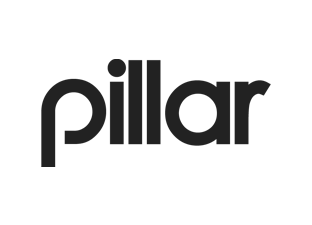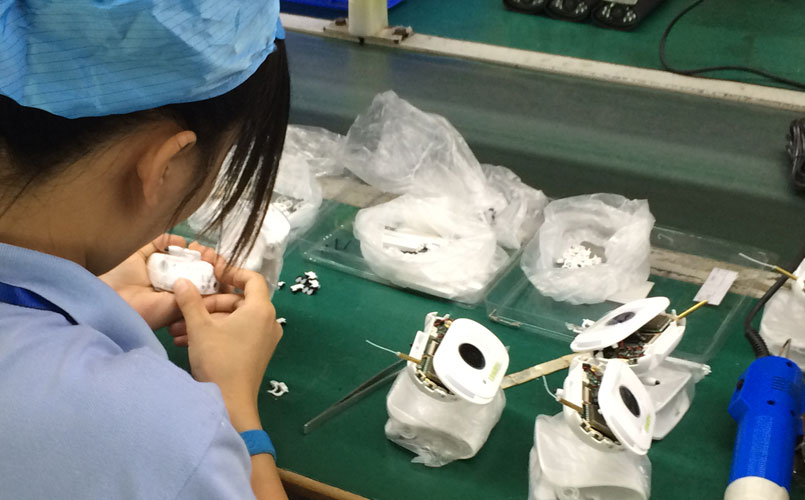5 Factors that Influence Your Production Costs
Cost can be the make or break factor for any product development project, especially once you make it to production. When determining costs, there are two prices to consider. The retail price is the amount that your product will cost for the customer. The material cost of goods (MCOG) is the amount that your product will cost to make. While there are a variety of factors that will determine both costs, we’ll break down five of the most common ones to keep in mind.
Target User – Your retail cost of goods should always be influenced by your target user as well as the industry that you are selling in. It is important to understand how much your customer is willing to pay for your product and how much similar products are selling for so you can stay competitive and make sales.
Product Complexity – The complexity of your product can be heavily affected by the number of components, unique constraints, electronics, and number of assembly steps. More complex products are almost always more expensive so we typically recommend that our clients simplify features in the first version of product development. Once you’ve proven the success of your product, you can release upgraded versions with flashy apps, multiple accessories, and/or premium materials.
Product Size – The bigger the product, the more expensive it will be to manufacture. Larger sizes require more raw material and larger molds to make the parts. Large production tooling (the molds) can drastically increase the initial investment needed to produce your product and drive costs up. Consider breaking components into smaller pieces where possible to reduce this cost or starting with a smaller version.
Custom Components – Custom components usually require tooling, which requires an upfront investment. When possible, utilizing standard components (OEM components) will eliminate the need for custom tooling. Pillar typically advocates for the use of OEM components when the function and design don’t need to be unique, such as for an adjustable tripod or phone holder.
Distribution – Unless you are distributing your product by yourself, there will be fees associated with storage, order fulfillment, and shipping products. Large distributors, like Amazon, charge a percentage of the overall price to manage your logistics. When setting your retail cost of goods, it is important to have a plan so you factor in the necessary margins to make a profit.



